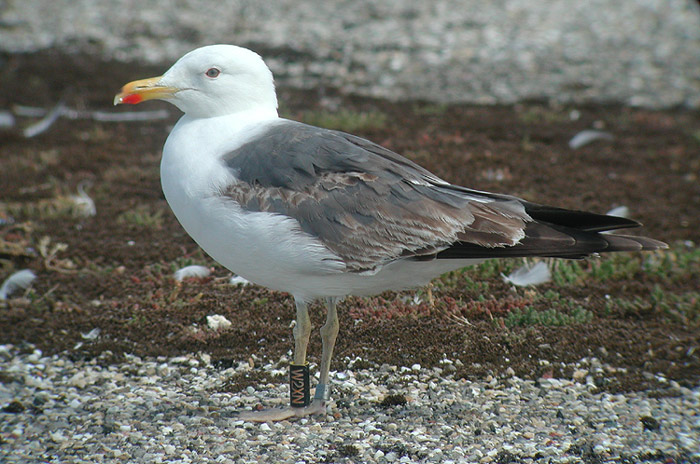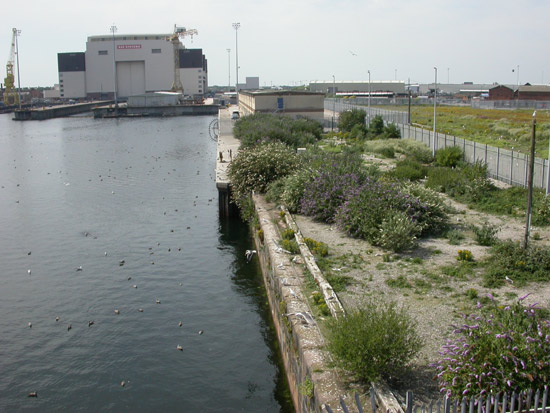 Lesser Black-backed Gull (graellsii & intermedius)
Lesser Black-backed Gull (graellsii & intermedius)
(last update: May 17 2015)
lbbg 1cy May
lbbg 1cy June
lbbg 1cy July
lbbg 1cy August
lbbg 1cy September
lbbg 1cy October
lbbg 1cy November
lbbg 1cy December
lbbg 2cy January
lbbg 2cy February
lbbg 2cy March
lbbg 2cy April
lbbg 2cy May
lbbg 2cy June
lbbg 2cy July
lbbg 2cy August
lbbg 2cy September
lbbg 2cy October
lbbg 2cy November
lbbg 2cy December
lbbg 3cy January
lbbg 3cy February
lbbg 3cy March
lbbg 3cy April
lbbg 3cy May
lbbg 3cy June
lbbg 3cy July
lbbg 3cy August
lbbg 3cy September
lbbg 3cy October
lbbg 3cy November
lbbg 3cy December
lbbg sub-ad Jan
lbbg sub-ad Febr
lbbg sub-ad March
lbbg sub-ad April
lbbg sub-ad May
lbbg sub-ad June
lbbg sub-ad July
lbbg sub-ad Aug
lbbg sub-ad Sept
lbbg sub-ad Oct
lbbg sub-ad Nov
lbbg sub-ad Dec
lbbg adult January
lbbg adult February
lbbg adult March
lbbg adult April
lbbg adult May
lbbg adult June
lbbg adult July
lbbg adult August
lbbg adult September
lbbg adult October
lbbg adult November
lbbg adult December
LBBG 3cy W2XNJuly 11 2005, Neeltje Jans, the Netherlands (51.37N 03.41E). Picture Pim Wolf.
W2XN has the BTO metal GA41502 and was ringed at the dock at Barrow which is on the mainland close to the S. Walney colony (54.04N - 03.12W) as a juvenile on 09.07.03. The elapsed time is 733 days and the distance is 539km at 121 degrees. David Sowter, the ringer, sent us a photo of the site. "The large light brown building in the background is where they make the nuclear submarines , so maybe W2XN will also glow in the dark!! We ringed another 320 L. fuscus and L. argentatus on 2 July and 200 at the Ribble estuary colony the week before.
To contact David: 5 The Grove, Penwortham Preston, PR1 0UU, UK.
W2XN is a ‘classic’ 3cy graellsii and returned in NW Europe with old second generation tail, secondaries and primaries. The pre-breeding moult (in winter) included some wing-coverts and upper tertials. The complete moult has commenced: P1-3 are renewed (not visible in the picture). Visible P6-10 are old second generation primaries. Note the brown second generation tail feathers. Worn second generation secondaries are just visible beyond the tips of the central greater coverts. The bill looks already adult-like, with only a minor black marking on the upper mandible.

Picture below by David Sowter: colony location W2XN.
